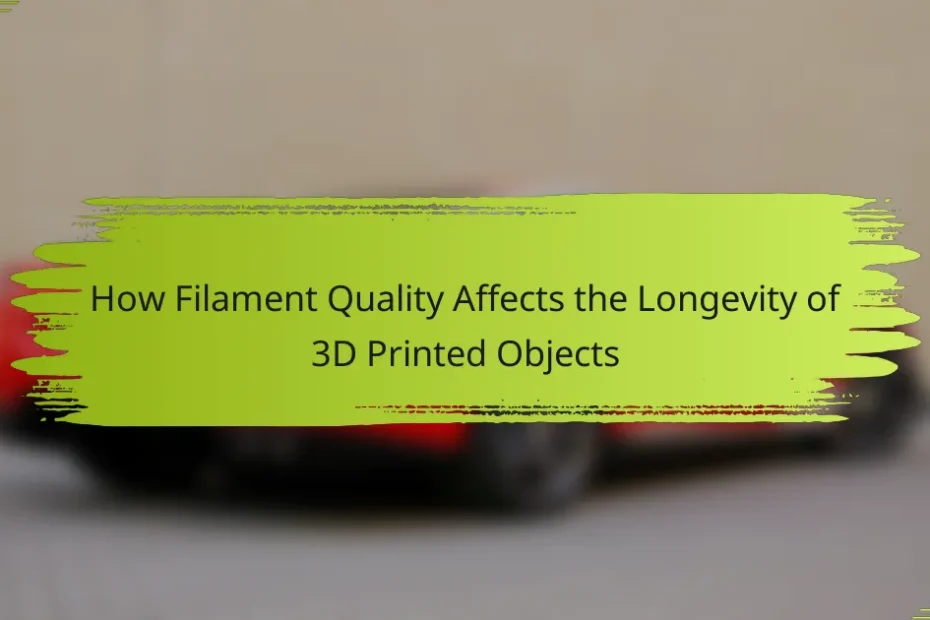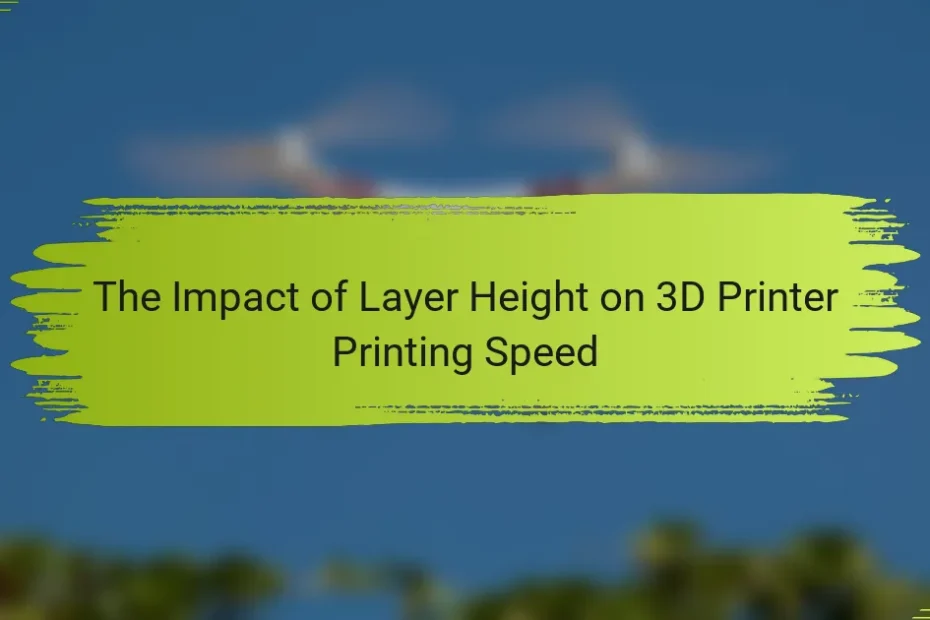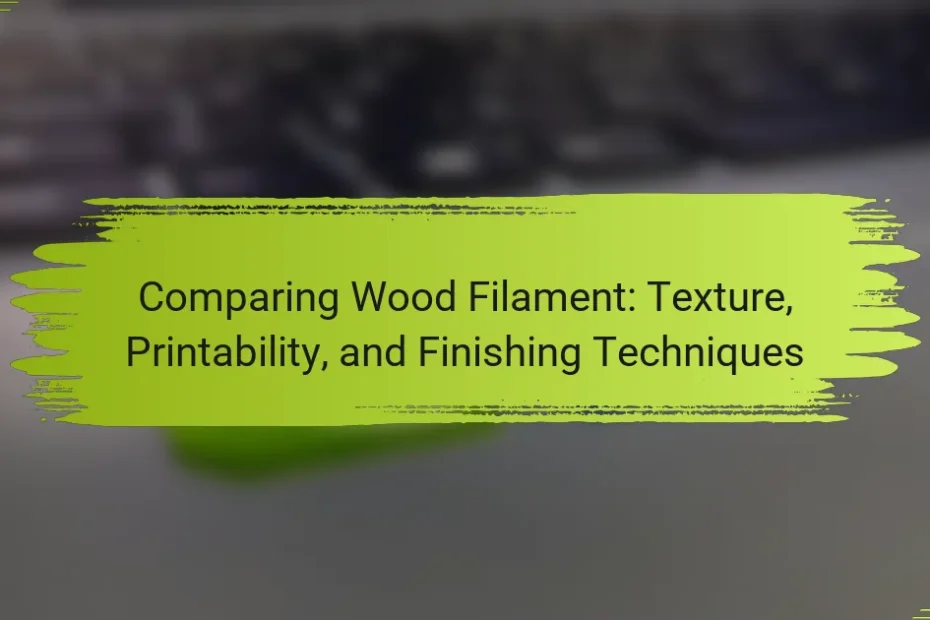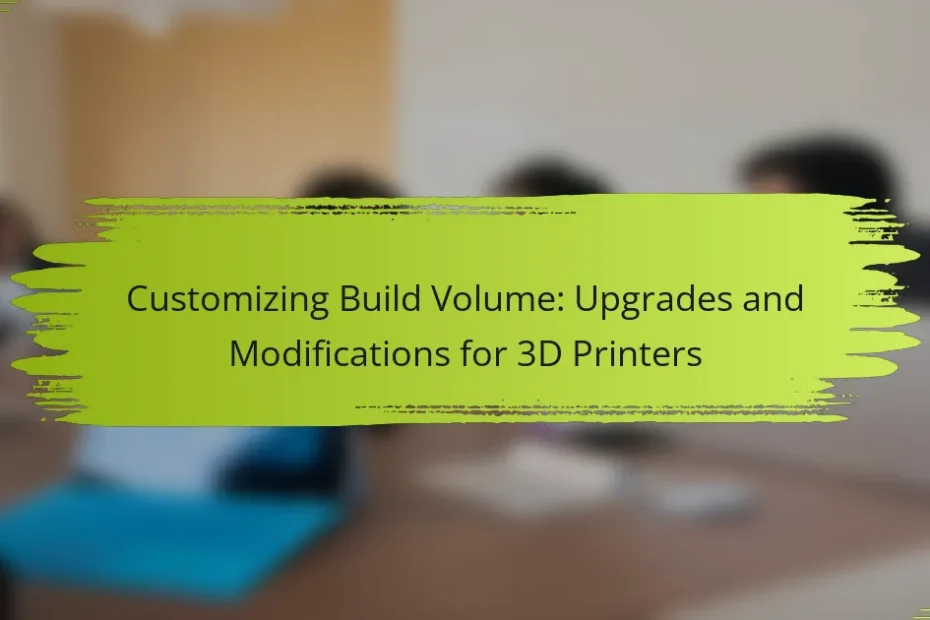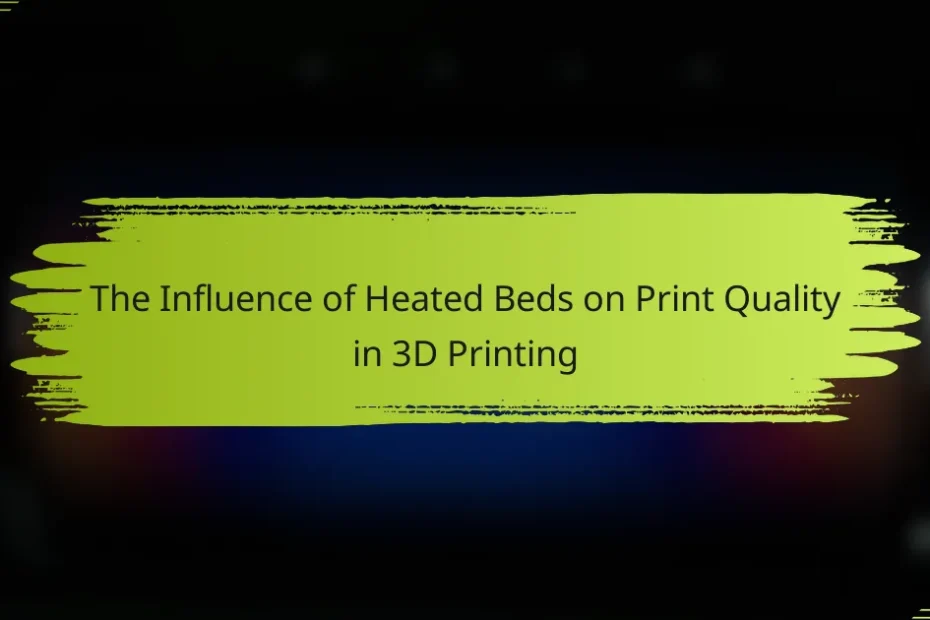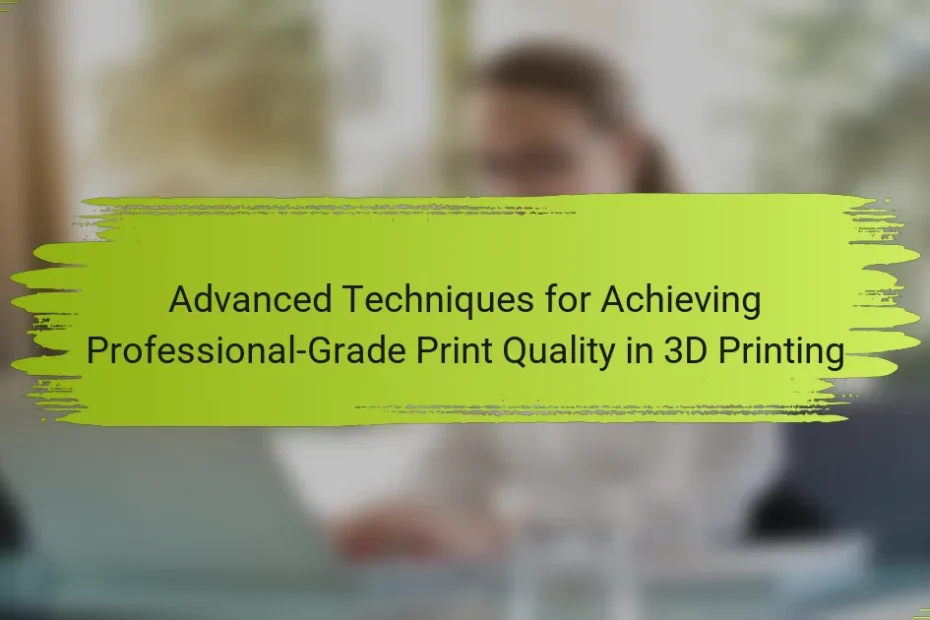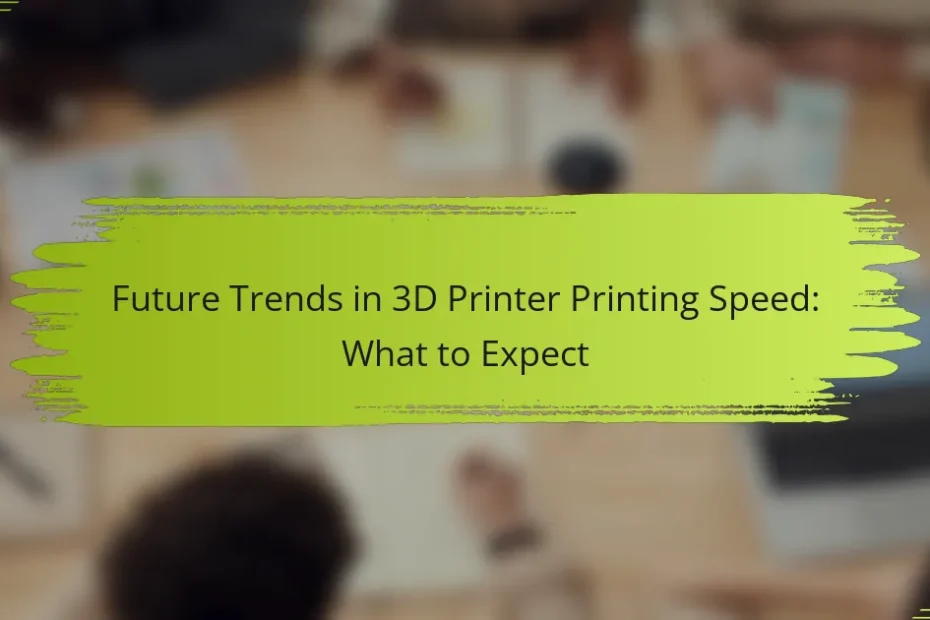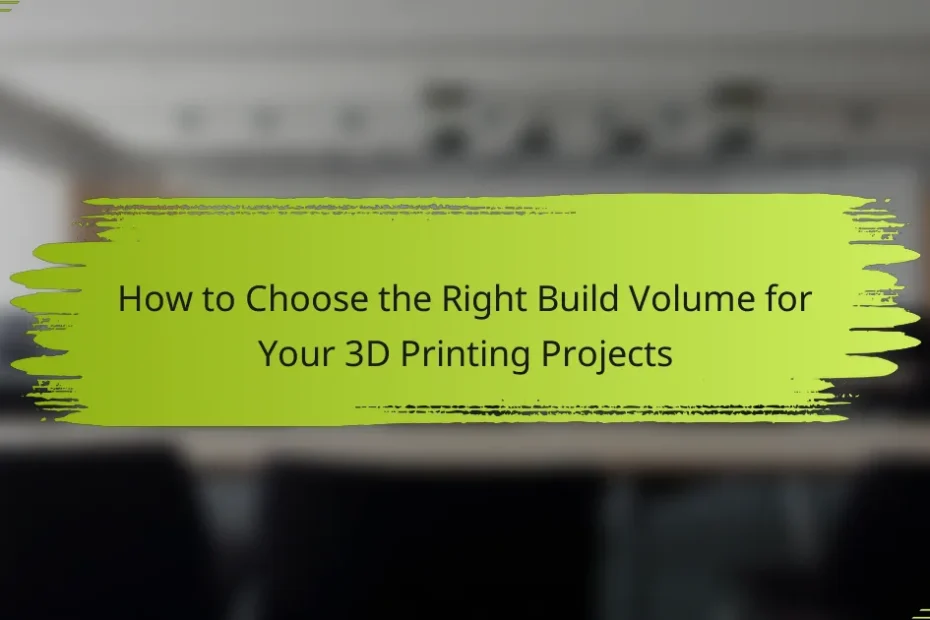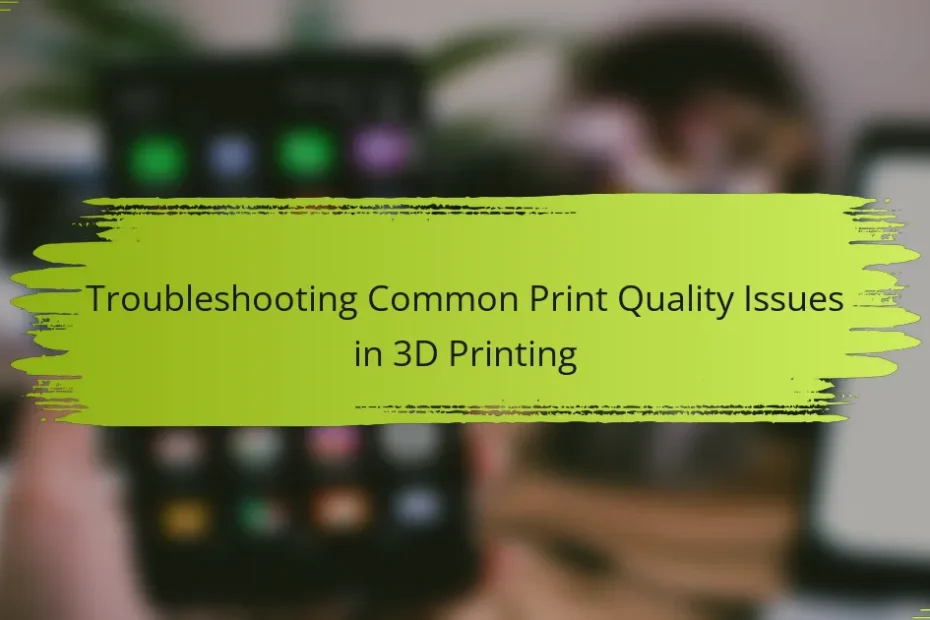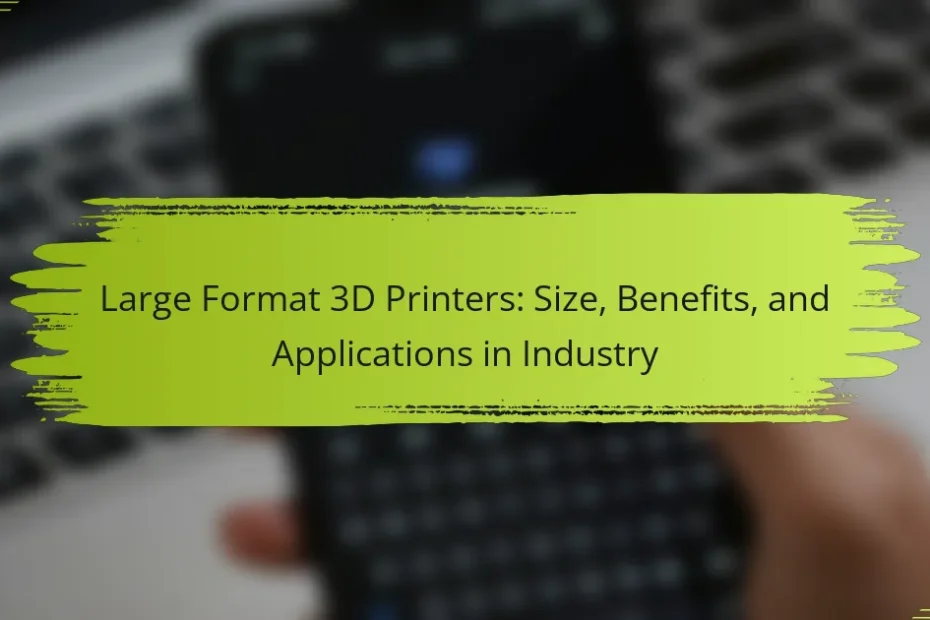How Filament Quality Affects the Longevity of 3D Printed Objects
How does filament quality influence the longevity of 3D printed objects? Filament quality significantly influences the longevity of 3D printed objects. High-quality filaments exhibit better thermal stability and reduced warping. This leads to more accurate… How Filament Quality Affects the Longevity of 3D Printed Objects
